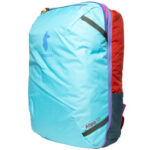Iceland, the land of fire and ice, is famed for its breathtaking landscapes, from dramatic volcanoes and sprawling glaciers to mystical Northern Lights and powerful waterfalls. It’s a dream destination for adventurous families and travelers seeking unique experiences. However, Iceland also carries a reputation for being expensive. So, how much does an Iceland trip cost? The answer, while often quoted as “a lot,” is more nuanced and depends heavily on your travel style, time of year, and priorities.
This guide dives deep into the real costs of traveling to Iceland, breaking down expenses from flights and accommodation to food and activities. We’ll provide a detailed Iceland trip budget based on a real 13-day journey, offering insights and practical tips to help you plan an unforgettable adventure without breaking the bank.
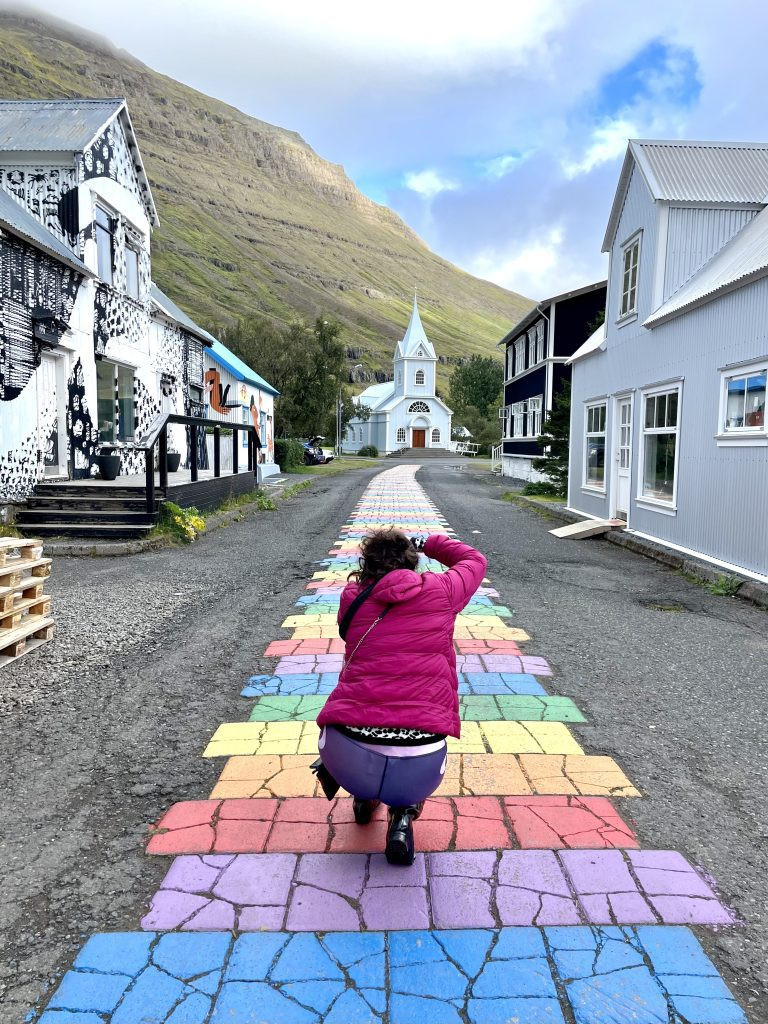 Kate squatting and taking a photo of a rainbow-striped street leading up to a cute pale blue church against a mountain.
Kate squatting and taking a photo of a rainbow-striped street leading up to a cute pale blue church against a mountain.
A traveler captures the vibrant rainbow street leading to Seyðisfjörður’s iconic blue church, showcasing a blend of cultural charm and stunning Icelandic scenery.
Understanding Iceland Travel Costs: Is Iceland Really That Expensive?
Yes, Iceland is generally considered an expensive country to visit. It often ranks among the priciest destinations globally, comparable to places like Switzerland, Norway, and Australia. Several factors contribute to this higher price tag:
- Island Nation & Imports: Iceland is an isolated island, meaning most goods, including food and supplies, need to be imported. This naturally drives up the cost of everything from groceries to restaurant meals.
- High Cost of Living: Iceland boasts a high standard of living, supported by strong labor unions and robust social welfare systems funded by taxes. This translates to higher wages and, consequently, higher prices for services and goods.
- Peak Season Demand: Summer (mid-May to August) is the most popular time to visit Iceland. With long daylight hours, favorable weather, and full access to tours and roads, demand surges, leading to inflated prices for flights, accommodation, and car rentals.
However, it’s important to understand that “expensive” is relative. While Iceland might require a larger upfront budget compared to Southeast Asia or Eastern Europe, it offers incredible value for money. The pristine natural beauty, unique experiences, and high quality of services often justify the investment for many travelers.
How much should you budget per day for Iceland? On a tight budget, focusing on camping and utilizing hostels, you might be able to manage around $100-$150 USD per day. For a more comfortable and typical travel experience, including budget hotels, some restaurant meals, and activities, budgeting $250 USD per day and upwards is more realistic. The total Iceland Travel Cost will depend on your length of stay and travel style.
Key Cost Factors in Iceland:
- Accommodation: This is often one of the biggest expenses. Hotel prices, especially in popular areas and during peak season, can be significant.
- Transportation: Renting a car provides flexibility for exploring Iceland, but car rentals and gasoline are costly. Tours and public transportation are alternative options with their own cost considerations.
- Food: Eating out in restaurants can quickly add up. Groceries are also more expensive than in many other countries.
- Activities: Iceland offers a plethora of incredible activities, from glacier hikes and whale watching tours to thermal baths and museum visits. These experiences, while unforgettable, also contribute to the overall cost.
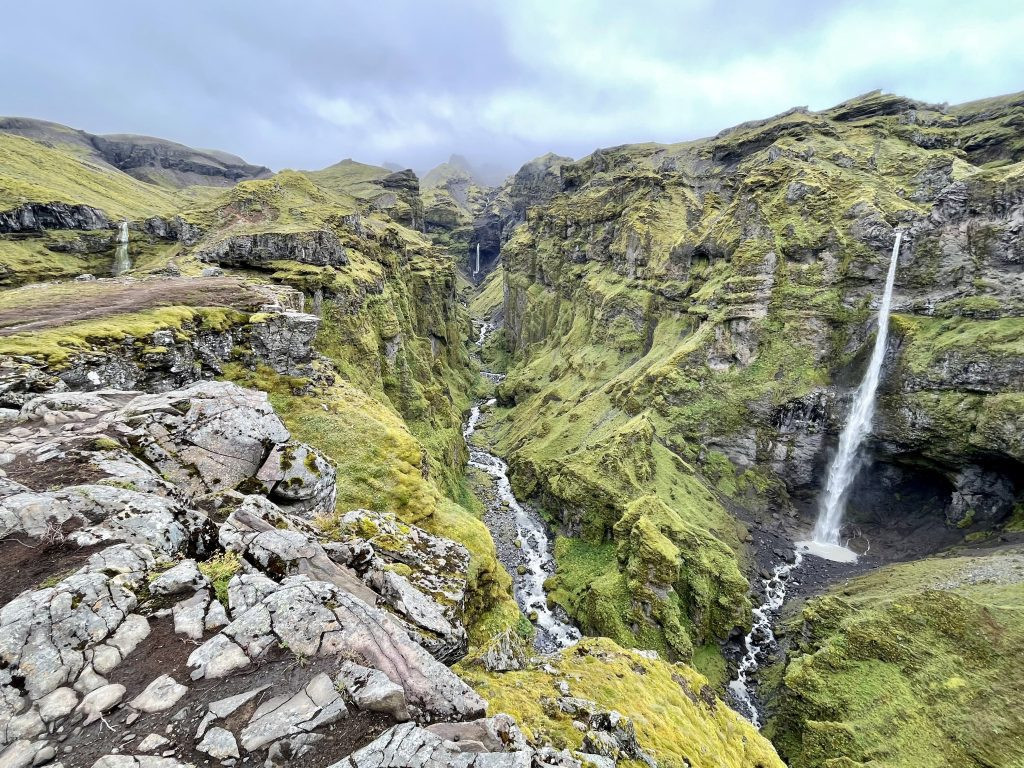 A spectacular craggy canyon covered with green moss, three very tall and skinny waterfalls falling into a river carving through it.
A spectacular craggy canyon covered with green moss, three very tall and skinny waterfalls falling into a river carving through it.
Múlagljúfur Canyon showcases Iceland’s dramatic landscapes, featuring lush green moss and cascading waterfalls, a testament to the country’s natural splendor.
Detailed Breakdown of Iceland Trip Costs: A Real 13-Day Budget
To give you a clear picture of Iceland travel costs, let’s analyze a detailed budget from a 13-day road trip in Iceland during August 2022, a peak travel season. This budget is for two people traveling together and sharing expenses where possible.
Total Iceland Trip Cost for Two People: $8606.21
Cost Per Person: $4303.11
This includes:
- Flights: $1096.40 (approximately, for two people)
- Car Rental & Ground Transportation: $2615.30
- Accommodation: $2371.80
- Food: $1381.20 (approximately, for two people)
- Activities: $1141.81
- Restrooms: $6.96
- Souvenirs: $0
Let’s break down each category in detail:
Flights to Iceland: Starting from $548 per person
Airfare to Iceland can vary significantly based on your departure location, time of booking, airline, and travel season. Flights are generally cheaper during the off-season (winter months).
- Example Flight Costs: The example budget includes a round-trip flight from Europe to Iceland for approximately $548 per person. Flights from North America can range from $300 to $800 or more depending on the factors mentioned above.
- Tips for Cheaper Flights:
- Travel in the shoulder or off-season: Consider visiting Iceland in the spring, fall, or winter for lower airfares.
- Book in advance: Aim to book your flights 3-6 months prior to your travel dates, especially for summer travel.
- Be flexible with travel dates: Flying mid-week or on less popular days can sometimes yield savings.
- Consider budget airlines: Airlines like Play and Wizz Air often offer competitive fares to Iceland, but be mindful of baggage fees and extra costs.
- Use flight comparison websites: Utilize websites like Google Flights, Skyscanner, and Kayak to compare prices from different airlines and find the best deals.
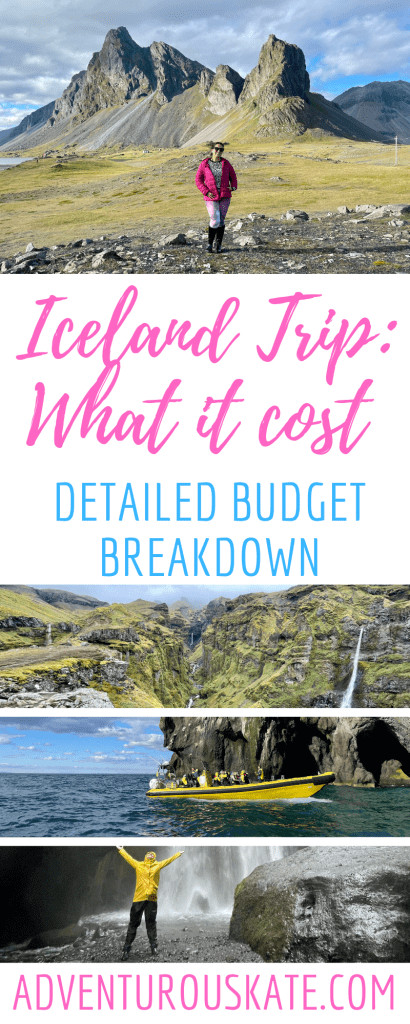 Flying over Iceland in that purple WizzAir plane!
Flying over Iceland in that purple WizzAir plane!
An airplane window view capturing Iceland’s stunning landscapes from above, highlighting the aerial perspective of a journey to this Nordic nation.
Accommodation in Iceland: From Budget Guesthouses to Luxury Hotels
Accommodation costs in Iceland range widely based on the type of lodging, location, and time of year.
-
Average Accommodation Cost: The example budget averaged $182.45 per night for two people, totaling $2371.80 for 13 nights. This included a mix of budget hotels and guesthouses, some with shared bathrooms.
-
Accommodation Options and Price Ranges (per night for two people):
- Hostel Dorms: $30 – $60
- Camping: $20 – $40 (plus camping equipment costs if renting)
- Guesthouses & Budget Hotels (Shared Bathroom): $80 – $150
- Standard Hotels (Private Bathroom): $150 – $300+
- Luxury Hotels & Unique Lodges: $300+
-
Tips for Saving on Accommodation:
- Travel in the off-season: Accommodation prices drop significantly outside of the summer months.
- Book in advance: Secure budget-friendly options early, as they tend to sell out quickly, especially during peak season.
- Consider guesthouses and hostels: These offer more affordable alternatives to hotels, often with kitchen facilities to further reduce food costs.
- Explore camping or campervan rental: For budget travelers and nature enthusiasts, camping or a campervan can be a cost-effective and immersive way to experience Iceland.
- Look for accommodation slightly outside major tourist areas: Staying a bit away from popular spots like Reykjavik or Lake Myvatn can sometimes offer better value.
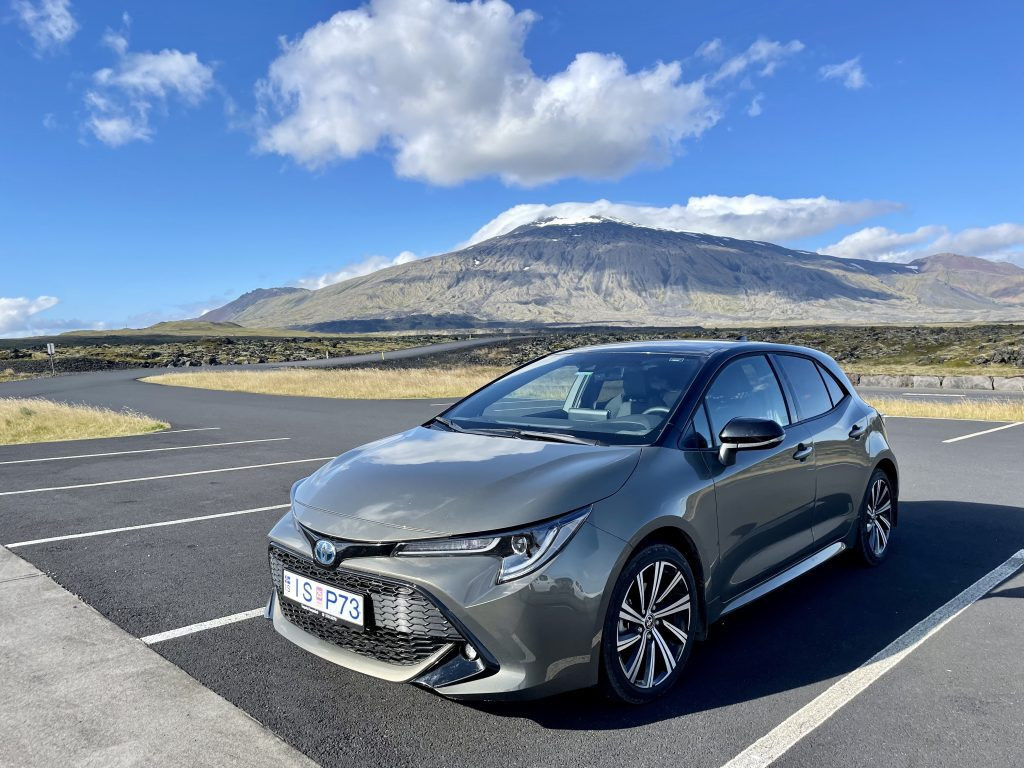 We got excellent value for money at Asahraun Guesthouse near Selfoss.
We got excellent value for money at Asahraun Guesthouse near Selfoss.
A cozy guesthouse nestled in the Icelandic countryside, exemplifying budget-friendly accommodation options for travelers seeking value.
Transportation in Iceland: Car Rental, Gas, and Alternatives
Transportation is crucial for exploring Iceland, especially outside of Reykjavik. Car rental is a popular choice for independent travel, but other options exist.
-
Car Rental Costs: The example budget spent $1991.32 for a 12-day automatic sedan rental, plus extra costs like gas ($400.71), tunnels ($54.30), parking ($40.77), and a ferry ($102.55). This totals $2615.30 for transportation for two people.
-
Factors Affecting Car Rental Costs:
- Car Type: 4×4 vehicles are more expensive but recommended for certain Highland roads. Smaller cars are cheaper but may be less comfortable for longer trips.
- Rental Duration: Longer rentals can sometimes offer better daily rates.
- Rental Company: Prices can vary between rental companies.
- Season: Summer rentals are significantly more expensive due to high demand.
- Insurance: Consider if you need supplemental insurance beyond what’s included or covered by your credit card.
-
Alternatives to Car Rental:
- Bus System: Iceland has a bus network, but it’s less extensive outside of major towns and may not reach all desired destinations.
- Tours: Organized tours are a convenient way to see specific regions or attractions, but they can be less flexible and more expensive than self-driving for comprehensive exploration.
- Hitchhiking: While generally safe in Iceland, hitchhiking is not a reliable primary mode of transport and may not be suitable for families.
-
Tips for Saving on Transportation:
- Rent a smaller car: If you don’t plan on driving on challenging roads, a smaller, more fuel-efficient car can save on rental and gas costs.
- Rent a manual car: Manual transmissions are typically cheaper than automatic.
- Compare rental companies: Shop around and compare prices from different rental agencies.
- Consider off-site rental companies: Rental companies located slightly away from the airport may offer lower prices.
- Utilize public transport where possible: In Reykjavik and Akureyri, buses are available.
- Share rides or join group tours: If traveling solo, consider sharing rental costs with other travelers or joining group tours to split expenses.
 A green-gray Toyota sedan parked alone in a parking lot. Behind it is a mountain topped with a glacier.
A green-gray Toyota sedan parked alone in a parking lot. Behind it is a mountain topped with a glacier.
A rental car parked against the backdrop of Snaefellsjökull National Park, illustrating the necessity of transportation for exploring Iceland’s remote landscapes.
Food and Drink in Iceland: Grocery Shopping vs. Eating Out
Food costs in Iceland can be substantial, especially if you frequently dine in restaurants.
-
Average Food Cost: The example budget allocated $690.60 for food for one person over 13 days, estimating $1381.20 for two. This included mostly restaurant meals with some groceries.
-
Food Price Examples:
- Restaurant Entree: $25 – $40+
- Soup or Salad: $15 – $25
- Hot Dog (Gas Station/Quick Eats): $6 – $8
- Coffee: $4 – $6
- Grocery Staples (Milk, Bread, Cheese): Slightly higher than average US/European prices.
-
Tips for Saving on Food:
- Self-cater meals: Grocery shopping and preparing your own meals is the most significant way to cut food costs. Utilize kitchen facilities in guesthouses or hostels.
- Shop at budget supermarkets: Bónus and Krónan are the cheapest supermarket chains in Iceland.
- Pack snacks and breakfast items: Bring non-perishable snacks from home to avoid buying them in Iceland.
- Eat lunch specials: Many restaurants offer more affordable lunch menus.
- Embrace hot dogs: A budget-friendly and surprisingly common Icelandic fast food.
- Limit alcohol consumption: Alcoholic beverages are heavily taxed and expensive in Iceland.
- Refill water bottles: Tap water in Iceland is excellent and safe to drink everywhere.
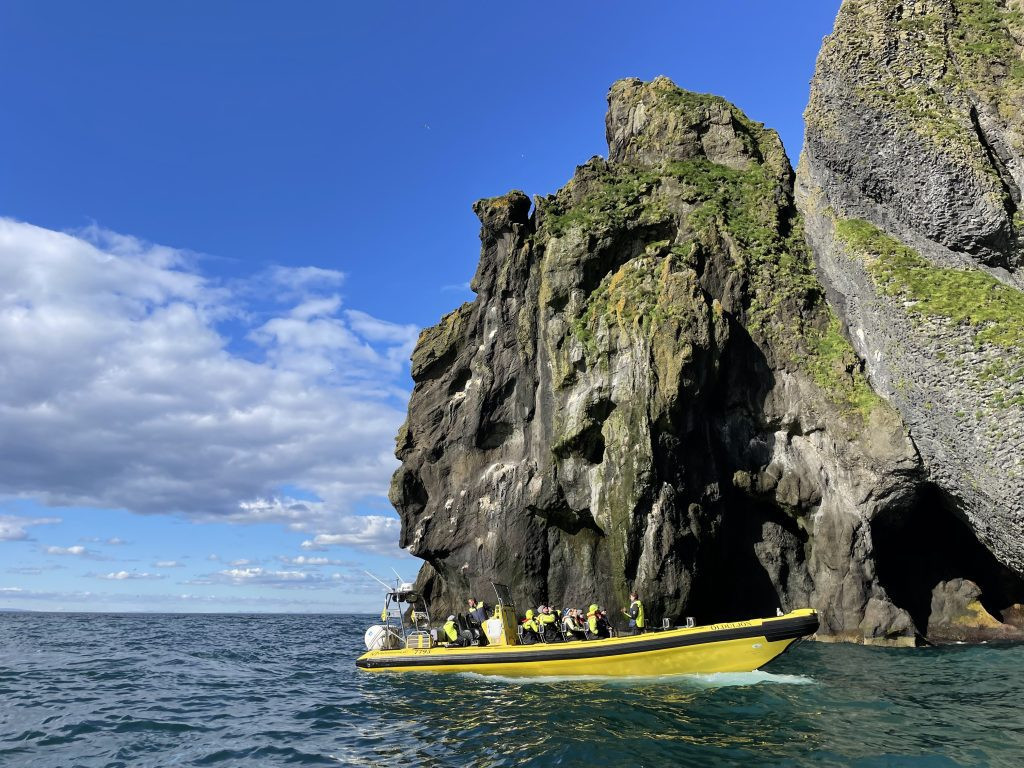 Kate
Kate
A traveler enjoys a simple and affordable Icelandic meal – a hot dog and a drink at a gas station, illustrating budget-conscious dining options.
Activities and Attractions in Iceland: Free Wonders and Paid Experiences
Iceland offers a wealth of natural attractions, many of which are free to visit. However, paid tours and activities can greatly enhance your experience.
-
Average Activity Cost: The example budget spent $1141.81 on activities for two people, including thermal baths, tours, museums, and outdoor attractions with entrance fees.
-
Activity Price Examples (per person):
- Thermal Baths (Krauma, Myvatn Nature Baths, etc.): $40 – $70+
- Whale Watching Tour: $80 – $120+
- Glacier Hiking Tour: $150 – $250+
- Museum Entrance: $15 – $30
-
Free Activities in Iceland:
- Waterfalls: Numerous stunning waterfalls like Skógafoss, Seljalandsfoss, Goðafoss, and Dettifoss are free to visit (parking fees may apply at some).
- Black Sand Beaches: Reynisfjara, Diamond Beach, and others offer breathtaking coastal scenery without entrance fees.
- Canyons and Gorges: Explore dramatic canyons like Fjaðrárgljúfur and Stuðlagil for free.
- Hiking Trails: Iceland boasts countless hiking trails with varying difficulty levels, offering free exploration of its natural beauty.
- Geothermal Areas: Some geothermal areas like Hverir are free to wander (parking fees may apply).
- Churches: Visit charming Icelandic churches like the iconic Hallgrímskirkja in Reykjavik (entrance fee for tower may apply).
- Northern Lights Viewing (Winter): Chasing the Northern Lights is a free activity, though tours are available for guided experiences and transport.
-
Tips for Saving on Activities:
- Prioritize free natural attractions: Iceland’s free natural wonders are often the most spectacular.
- Go hiking: Hiking is a fantastic way to experience Iceland’s landscapes for free.
- Visit local swimming pools: Cheaper alternatives to the famous thermal baths, offering a local cultural experience.
- Look for deals and combination tickets: Some tour operators offer discounts for booking multiple tours or attractions.
- Consider free walking tours: Free walking tours are available in Reykjavik.
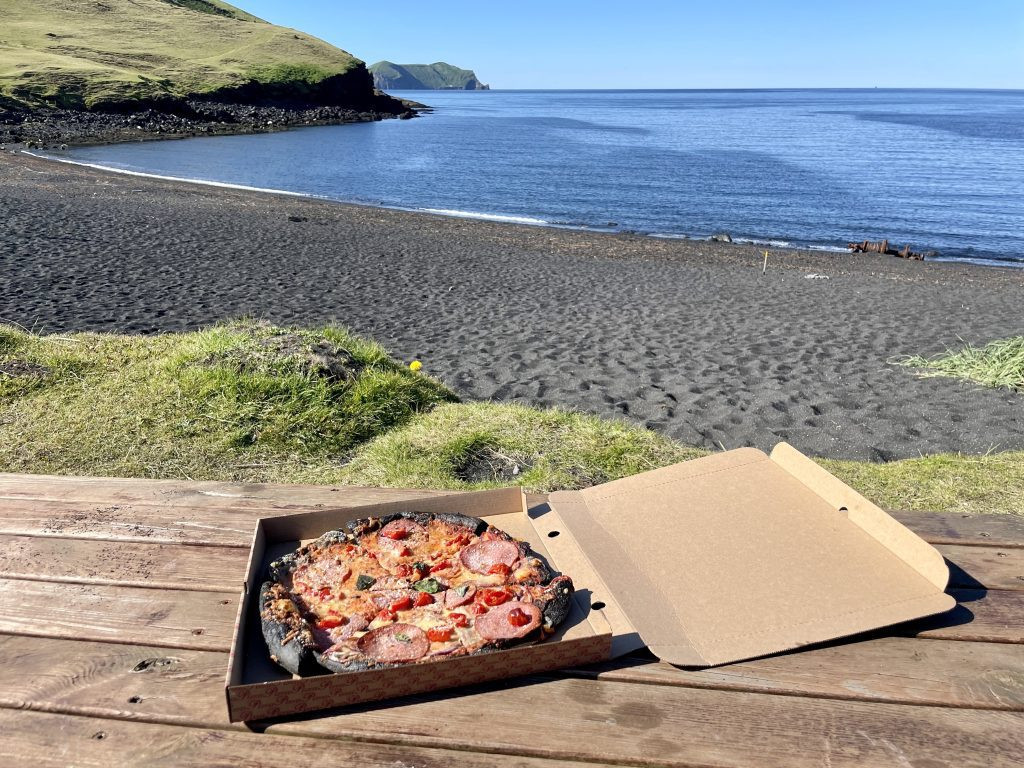 A bright yellow speedboat along the craggy cave-covered coast on a sunny day.
A bright yellow speedboat along the craggy cave-covered coast on a sunny day.
An exhilarating RIB boat tour along Iceland’s coastline, showcasing a popular paid activity for adventurous travelers.
Other Expenses: Restrooms, Souvenirs, and Travel Insurance
- Restrooms: While many natural sites have free restrooms, some tourist locations, especially near popular attractions, charge a small fee (around $1- $2). The example budget accounted for $6.96 for restroom use for two people.
- Souvenirs: Souvenir spending is discretionary. The example budget spent $0 on souvenirs on this particular trip, but you might want to budget for Icelandic wool products, lava rock items, or other mementos.
- Travel Insurance: Travel insurance is essential for any trip, especially to a destination like Iceland where unexpected events can occur. Costs vary depending on coverage and duration. The example traveler already had travel insurance through their bank.
Sample Iceland Trip Budgets: Tailoring to Your Travel Style
To further help you estimate your Iceland travel cost, here are sample budget ranges for different travel styles for a 7-day trip per person (excluding flights):
- Budget Traveler (Camping/Hostels, Self-Catering, Free Activities): $700 – $1050 USD per person per week ($100 – $150 per day)
- Mid-Range Traveler (Guesthouses/Budget Hotels, Mix of Restaurants & Self-Catering, Some Paid Activities): $1750 – $2450 USD per person per week ($250 – $350 per day)
- Comfortable Traveler (Hotels, Restaurants, More Paid Activities & Tours): $3500+ USD per person per week ($500+ per day)
These are estimates, and your actual costs can vary depending on your choices and spending habits.
Top Tips for Saving Money on Your Iceland Trip
- Travel in the off-season (October to April): Enjoy lower prices and fewer crowds.
- Travel with a friend or family: Split accommodation, car rental, and gas costs.
- Book flights and accommodation early: Secure better deals and availability.
- Cook your own meals: Self-catering is the biggest money-saver on food.
- Embrace free activities: Iceland’s natural wonders are mostly free.
- Utilize public transport or consider hitchhiking (if comfortable and safe): Alternatives to expensive car rentals.
- Take advantage of free restrooms when available: Plan bathroom breaks strategically.
- Limit alcohol consumption: Alcohol is expensive.
- Bring a reusable water bottle: Refill with Iceland’s excellent tap water.
- Look for free events and attractions: Check local listings for free activities.
- Hike and explore nature: Enjoy Iceland’s stunning landscapes without paying entrance fees.
- Consider camping: A budget-friendly accommodation option for adventurous travelers.
Conclusion: Iceland is Worth the Investment
While an Iceland trip cost can be significant, the experience is truly unparalleled. From witnessing the raw power of nature to immersing yourself in unique landscapes and adventures, Iceland offers memories that last a lifetime. By planning carefully, prioritizing your spending, and utilizing money-saving tips, you can make your dream Iceland adventure a reality without exceeding your budget. Start planning your epic Iceland journey today!
Hvammsvík hot springs, a serene and geothermal bathing experience in Iceland, represents a blend of relaxation and natural beauty.

